A capacitor is an essential component in electrical circuits, designed to store and release electrical energy. But when is a capacitor fully charged? Knowing this is key to avoiding overloading and maintaining system efficiency. In simple terms, a capacitor reaches its full charge when its voltage equals the power supply.
However, factors like charging time, resistance, and voltage influence this process. In this article, we’ll explore when is a capacitor fully charged and the key elements that affect its behavior.
What Is A Capacitor?
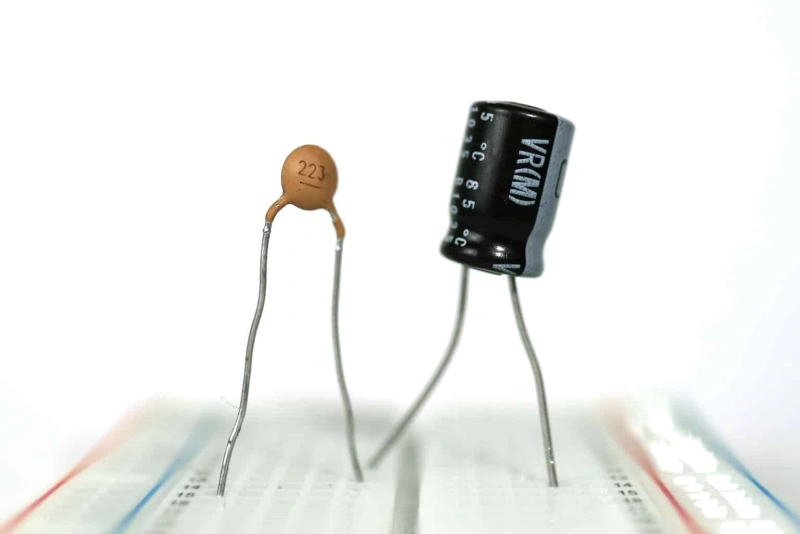
A capacitor is an electrical component that stores and releases electrical energy. It consists of two conductive plates separated by an insulating material, known as a dielectric. Common types include electrolytic capacitors, which offer high capacitance, and ceramic capacitors, known for their stability. Capacitors are crucial in circuits for smoothing voltage fluctuations, filtering signals, and coupling AC signals.
The Charging Process Of A Capacitor?
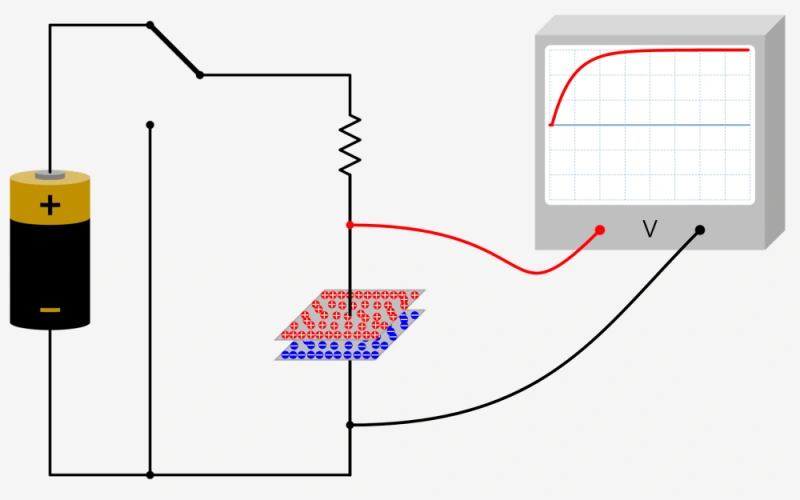
How a Capacitor Charges Over Time:
A capacitor charges through a process where its voltage gradually increases as it accumulates electrical energy. Initially, when a capacitor is connected to a power source, it starts with zero voltage. As current flows into the capacitor, the voltage across its plates rises slowly until it reaches the power source’s voltage. The rate of charging depends on the capacitance and the resistance in the circuit.
The Role of a Power Source and the Initial Current Flow:
When a capacitor is connected to a power source, an initial surge of current flows into the capacitor. This happens because the capacitor starts with no charge and thus has a lower voltage compared to the power source. The power source provides the necessary energy for the capacitor to build up a charge. Over time, the current decreases as the capacitor’s voltage approaches the power source’s voltage.
Introduction To the Exponential Charging Curve:
The charging process of a capacitor follows an exponential curve, characterized by a rapid initial increase in voltage that slows down as it nears the power source’s voltage.The curve reflects how the capacitor charges faster initially and gradually slows down.
| Time (t) | Voltage (V) | Percentage of Final Voltage (%) |
|---|---|---|
| 0 | 0 | 0 |
| 1τ | V₀(1 – e⁻¹) | 63.2 |
| 2τ | V₀(1 – e⁻²) | 86.5 |
| 3τ | V₀(1 – e⁻³) | 95.0 |
| 4τ | V₀(1 – e⁻⁴) | 98.2 |
| 5τ | V₀(1 – e⁻⁵) | 99.3 |
| ∞ | V₀ | 100 |
Where:
- t is the time elapsed
- τ (tau) is the time constant of the circuit
- V₀ is the final voltage (the voltage the capacitor will eventually reach)
- e is the base of the natural logarithm (approximately 2.718)
Time Constants And Charging Behavior
Definition of Time Constant (τ = RC):
The time constant (τ), calculated as the product of resistance (R) and capacitance (C), measures how quickly a capacitor charges. It represents the time it takes for the capacitor to reach approximately 63.2% of the applied voltage. This key metric is crucial for predicting how the capacitor will behave in a circuit.
How the Time Constant Influences the Charging Rate:
The time constant (τ) determines the charging rate of a capacitor. A larger time constant results in a slower charging process, meaning it takes more time to approach full charge. Conversely, a smaller time constant leads to a quicker charge. This rate is vital for applications requiring precise control over charge times.
Relationship Between Time Constant and When a Capacitor is Fully Charged:
When is a capacitor fully charged? Generally, a capacitor is considered fully charged after approximately 5 time constants (5τ). At this point, the capacitor has reached over 99% of its maximum voltage, and further charging is minimal. This relationship helps in understanding how long it takes for a capacitor to be effectively considered “fully charged.”
Voltage And Full Charge
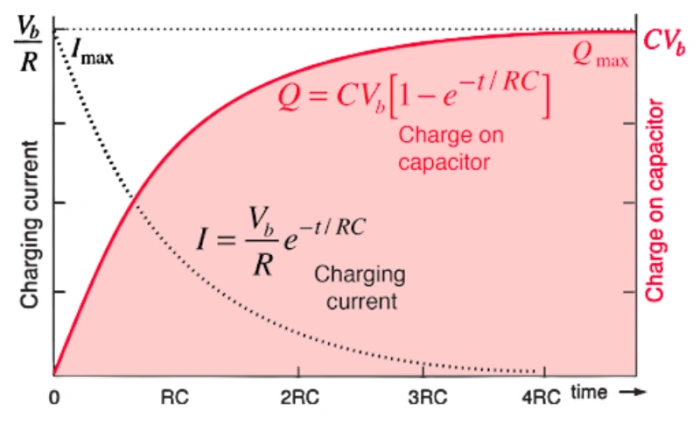
Theoretical Full Charge at Steady-State Conditions: In ideal conditions, a capacitor theoretically reaches full charge when the voltage across it equals the supply voltage, V_max. At this steady-state, the charging process is complete, and the capacitor behaves as an open circuit with no further current flow. This ideal scenario assumes no leakage or resistance in the circuit.
Practical Definition of “Fully Charged” (99% of the Supply Voltage): When is a capacitor fully charged? It’s typically considered so when V(t) is close to V_max, reflecting that the capacitor has charged up to 99% of the supply voltage. This is based on the fact that, after about 5 time constants (5τ), the capacitor’s voltage is very close to the supply voltage, making any further increase negligible for most applications.
Mathematical Formula for Capacitor Voltage as a Function of Time (V(t) = V_max(1 – e^(-t/RC))): The voltage across a charging capacitor is described by the formula V(t) = V_max(1 – e^(-t/RC)), where V_max is the maximum voltage, t is time, and RC is the time constant. This equation shows how the voltage increases over time, approaching V_max asymptotically.
Measuring When Is A Capacitor Fully Charged
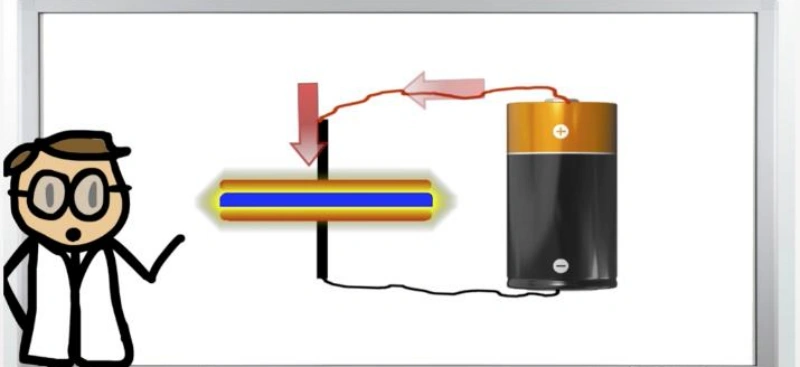
Methods for determining When a Capacitor Is Fully Charged include measuring the voltage across the capacitor with a multimeter. A capacitor is typically considered fully charged when the voltage across it stabilizes and closely matches the supply voltage. Using an oscilloscope can also provide a visual representation of the charging curve, helping you identify when is a capacitor full charged.
The role of the supply voltage and the capacitor’s voltage rating is crucial in determining When is a capacitor fully charged. Ensure that the supply voltage is appropriate for the capacitor’s rated voltage to avoid damage. The capacitor’s voltage rating should exceed the supply voltage to ensure reliable performance.
This prevents overcharging and potential failure, affecting the accuracy of when the capacitor is fully charged. Common benchmarks used to approximate a full charge include the time constant of the RC circuit, where a capacitor reaches approximately 63% of the supply voltage after one time constant and nearly 100% after five time constants.
These benchmarks are practical indicators to determine When is a capacitor fully charged, providing a reliable estimate based on the charging time of the capacitor.
Factors Influencing Charging Time
Effect of resistance and capacitance on the charging time significantly impacts When a Capacitor Is Fully Charged. The charging time is determined by the RC time constant, calculated as the product of resistance (R) and capacitance (C). Higher resistance or capacitance increases the time required for the capacitor to reach its full charge, while lower values decrease the charging duration, affecting when is a capacitor fully charged.
Impact of different capacitor types and circuit conditions on when is a capacitor fully charged can vary. Different capacitor types, such as electrolytic or ceramic, have unique characteristics that influence their charging behavior. Additionally, circuit conditions like temperature and voltage fluctuations can alter charging times. These factors must be considered to accurately determine when is a capacitor fully charged in diverse setups.
Real-world considerations in various applications affect when is a capacitor fully charged. In power supplies and filters, the capacitor’s charging time can impact performance and efficiency. For instance, slow charging in power supply circuits may lead to delays, while filters may require precise charging to ensure effective signal processing. Understanding these practical implications helps in managing when is a capacitor fully charged for optimal application performance.
Discharging A Capacitor
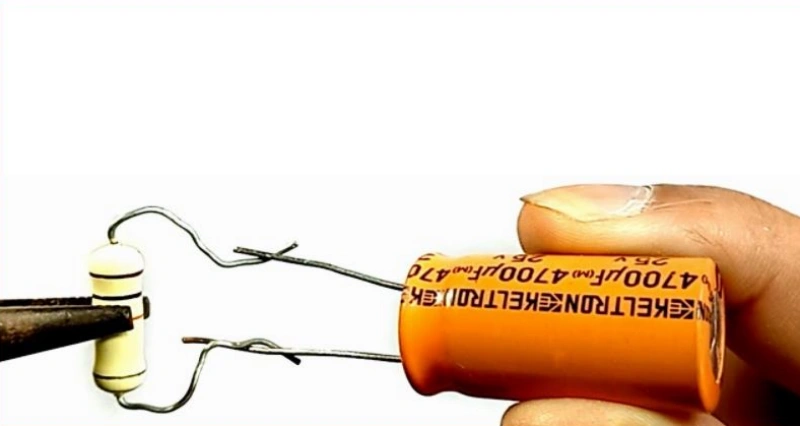
Overview of the discharging process:
Discharging a capacitor involves releasing the stored electrical energy by allowing current to flow from the capacitor to a connected circuit. The capacitor’s voltage decreases as it discharges, following an exponential decay similar to the charging curve. Understanding when is a capacitor fully charged helps in anticipating the discharge behavior and managing energy release safely.
How discharging mirrors charging behavior:
The discharging process mirrors charging behavior in that it follows an exponential curve, with the voltage decreasing over time. Just as When a Capacitor Is Fully Charged is determined by the RC time constant, discharging is governed by the same constant, where the capacitor’s voltage drops to approximately 37% after one time constant and near zero after five time constants.
Safety precautions when working with charged capacitors:
Always handle capacitors with care to avoid electrical shocks or damage. Ensure capacitors are fully discharged before working on circuits or replacing components. Use proper safety equipment and techniques, such as discharging capacitors with a resistor, to safely release stored energy. Understanding when is a capacitor fully charged and discharged helps prevent accidents and ensures safe handling.
Conclusion
In summary, a capacitor is a crucial component in electrical systems, storing and releasing energy as needed. Understanding how a capacitor charges—whether it’s through the voltage supply, resistance, or the time constant—helps determine when it is fully charged. This knowledge is vital for optimizing the performance of electronic devices and ensuring system reliability.
By grasping these dynamics, you can enhance your proficiency in managing capacitors and other electrical elements. For a deeper dive into related subjects like capacitor discharging or energy storage solutions, continue exploring our resources and stay informed about the intricacies of electrical systems.
FAQ
When a capacitor is fully charged, what does it mean?
When a capacitor is fully charged, it means that the voltage across its plates equals the voltage of the power source connected to it. The capacitor has stored the maximum amount of electrical energy it can hold, and it will maintain this charge until it is discharged or connected to a circuit that allows the stored energy to be released.
What happens when a capacitor is fully charged?
When a capacitor is fully charged, it reaches its maximum voltage capacity. At this point, the electric field between its plates is strong enough to balance the voltage applied across it, and no more current flows into the capacitor.